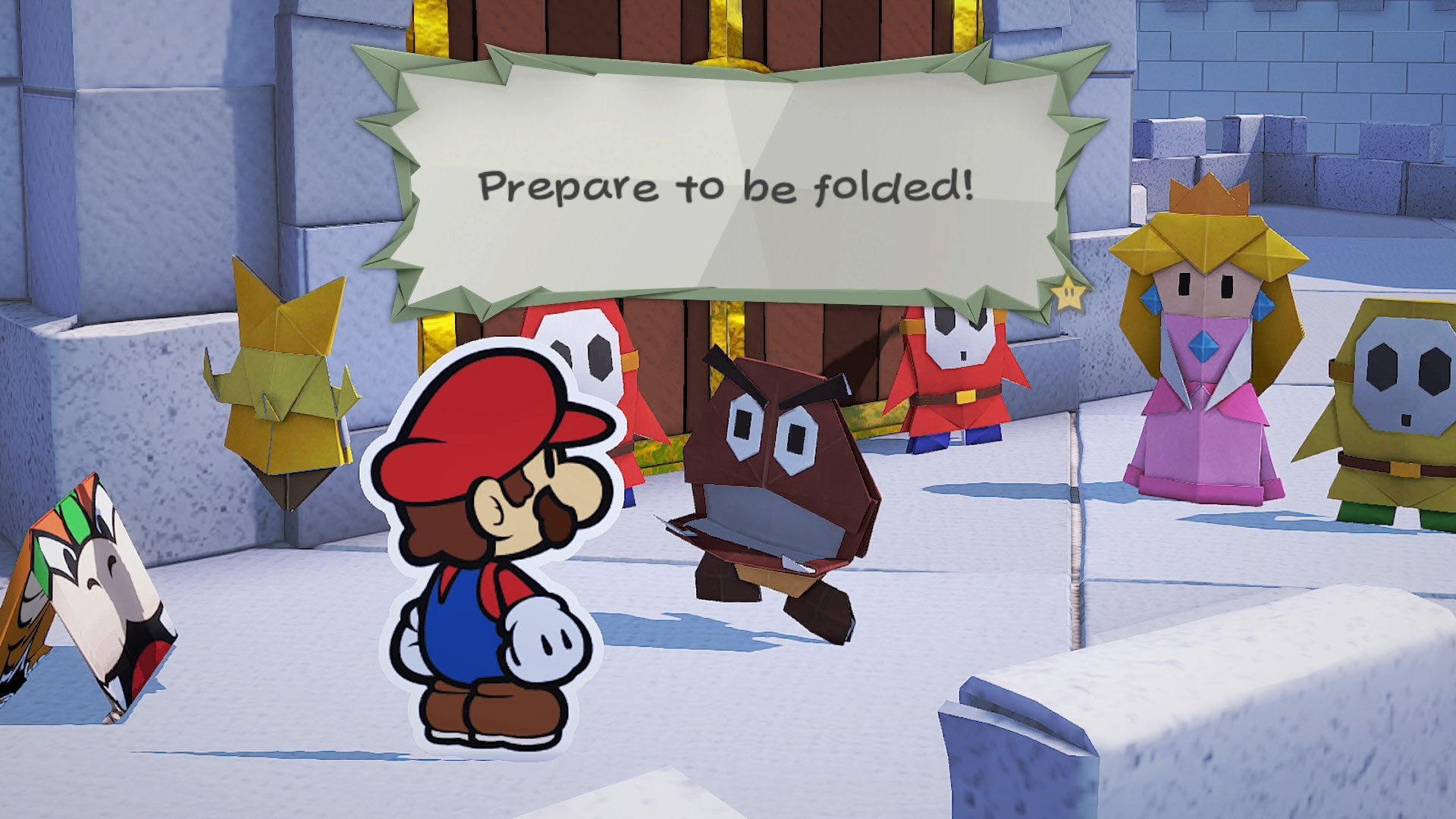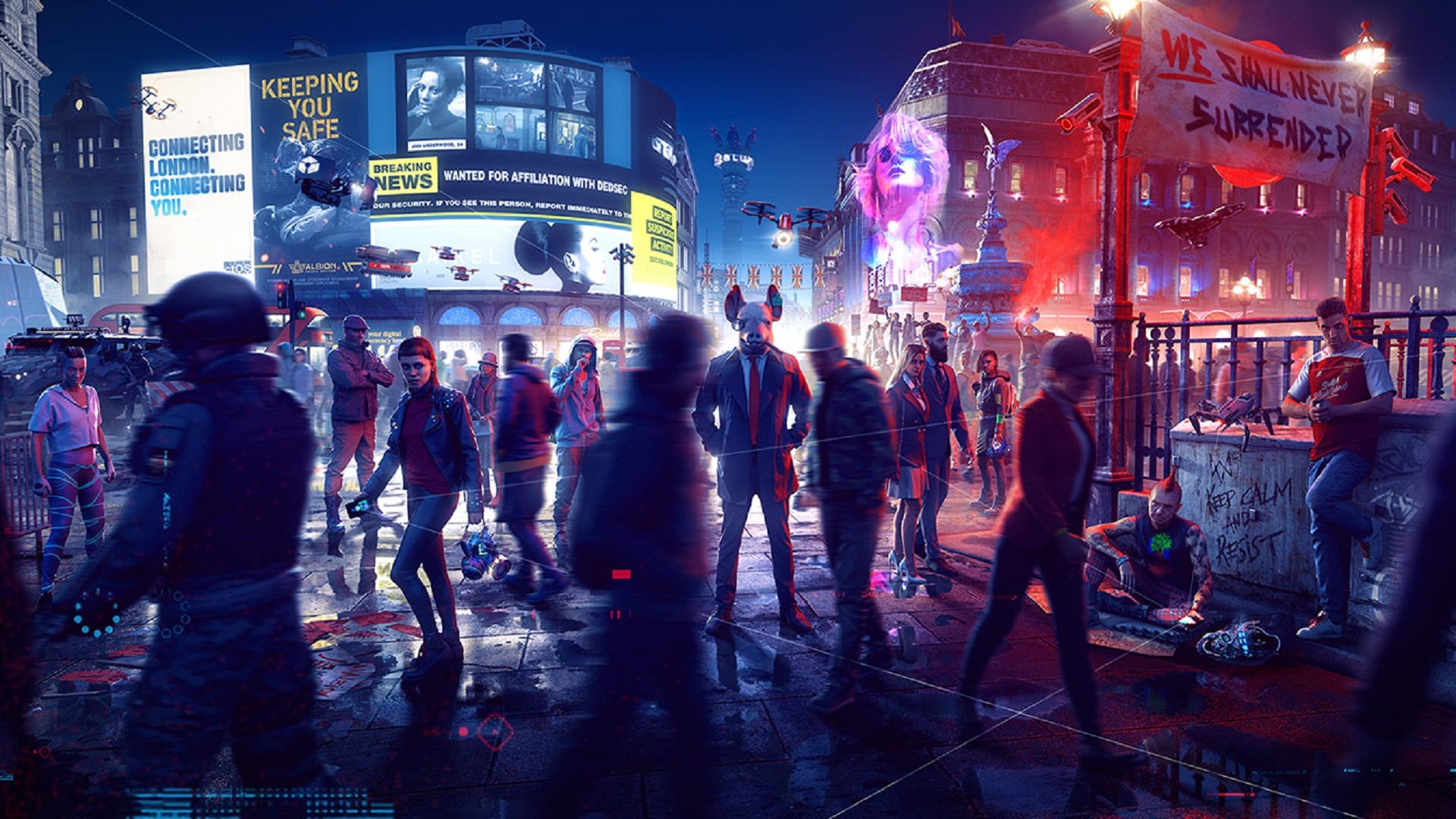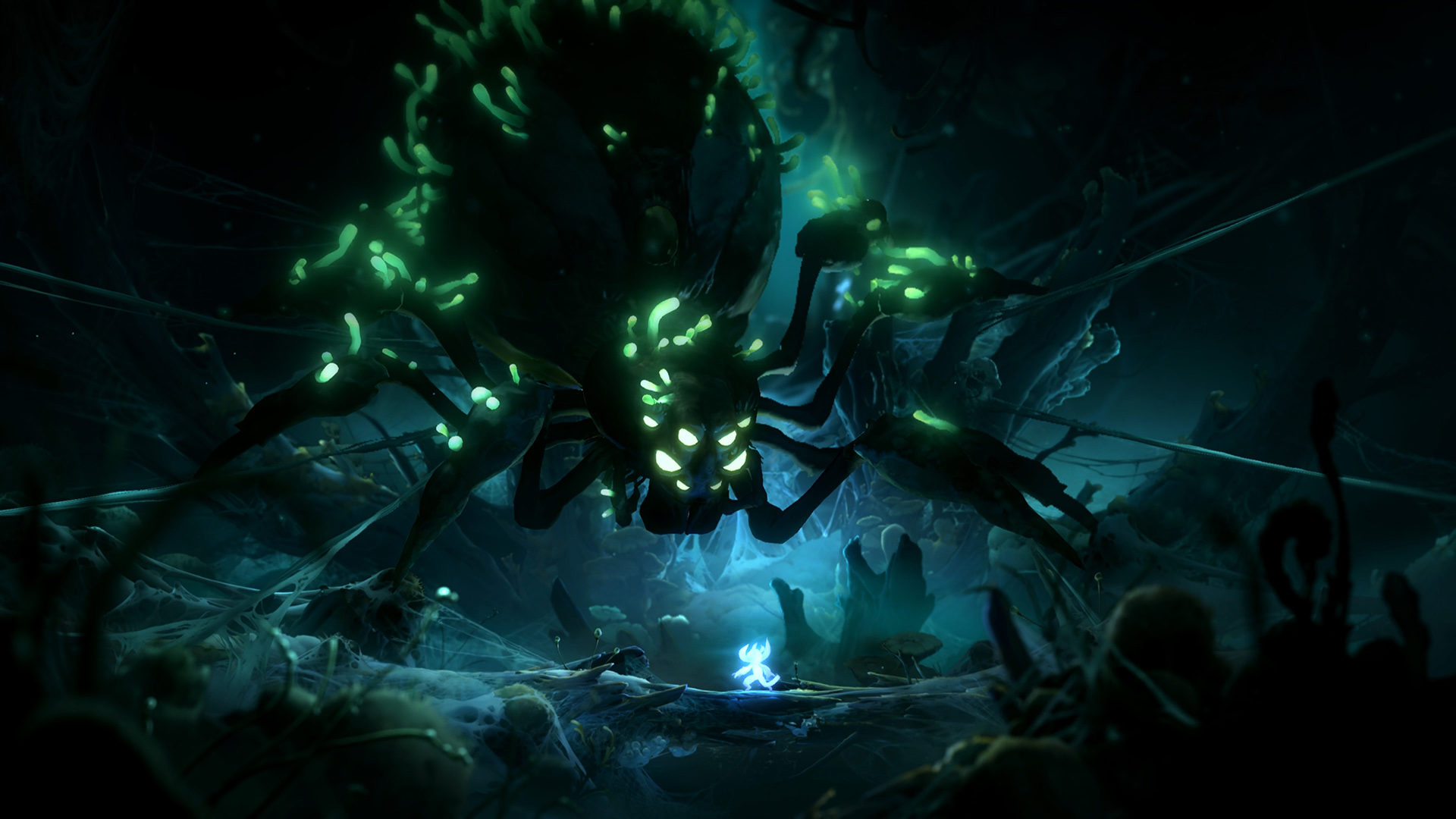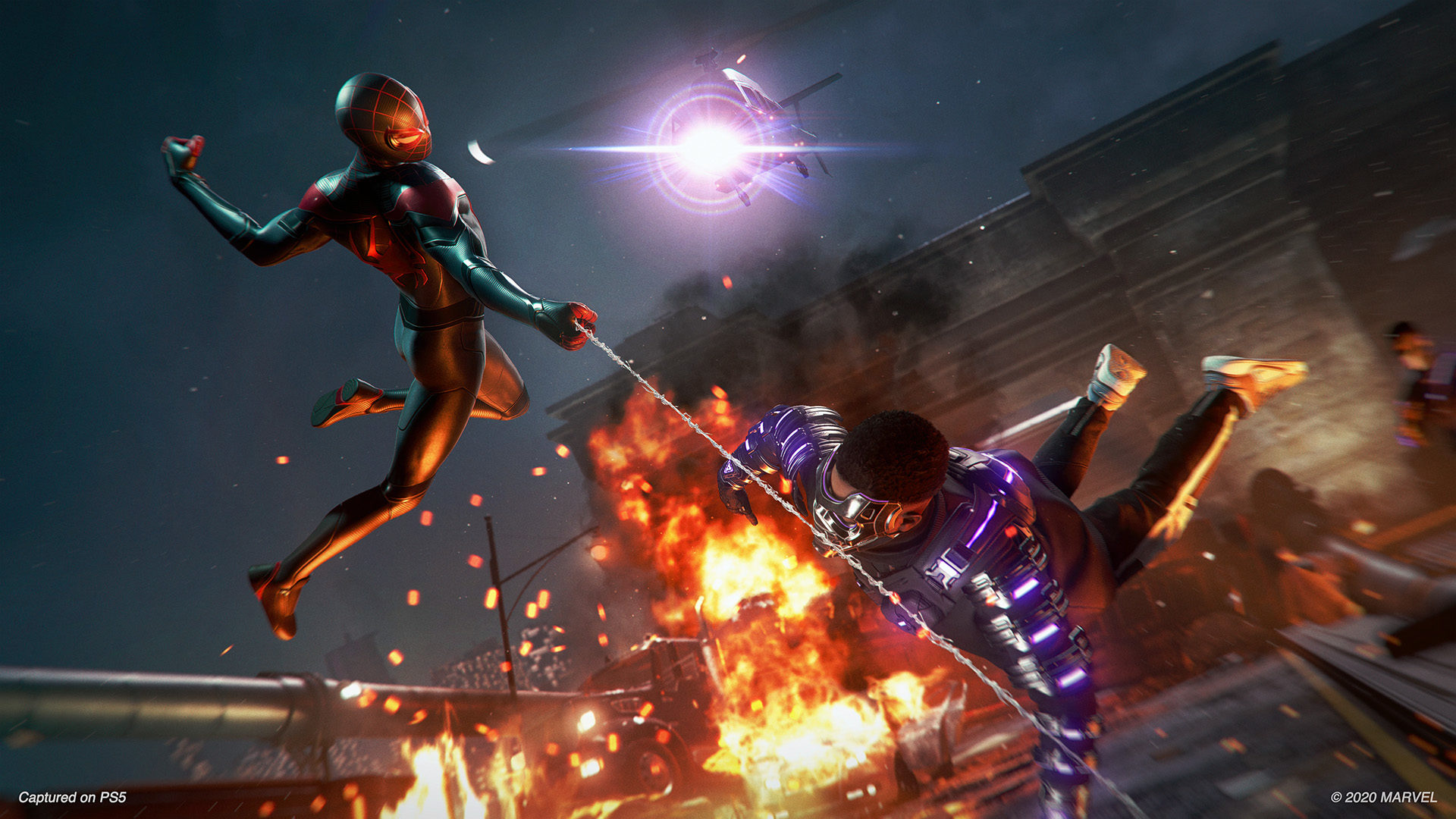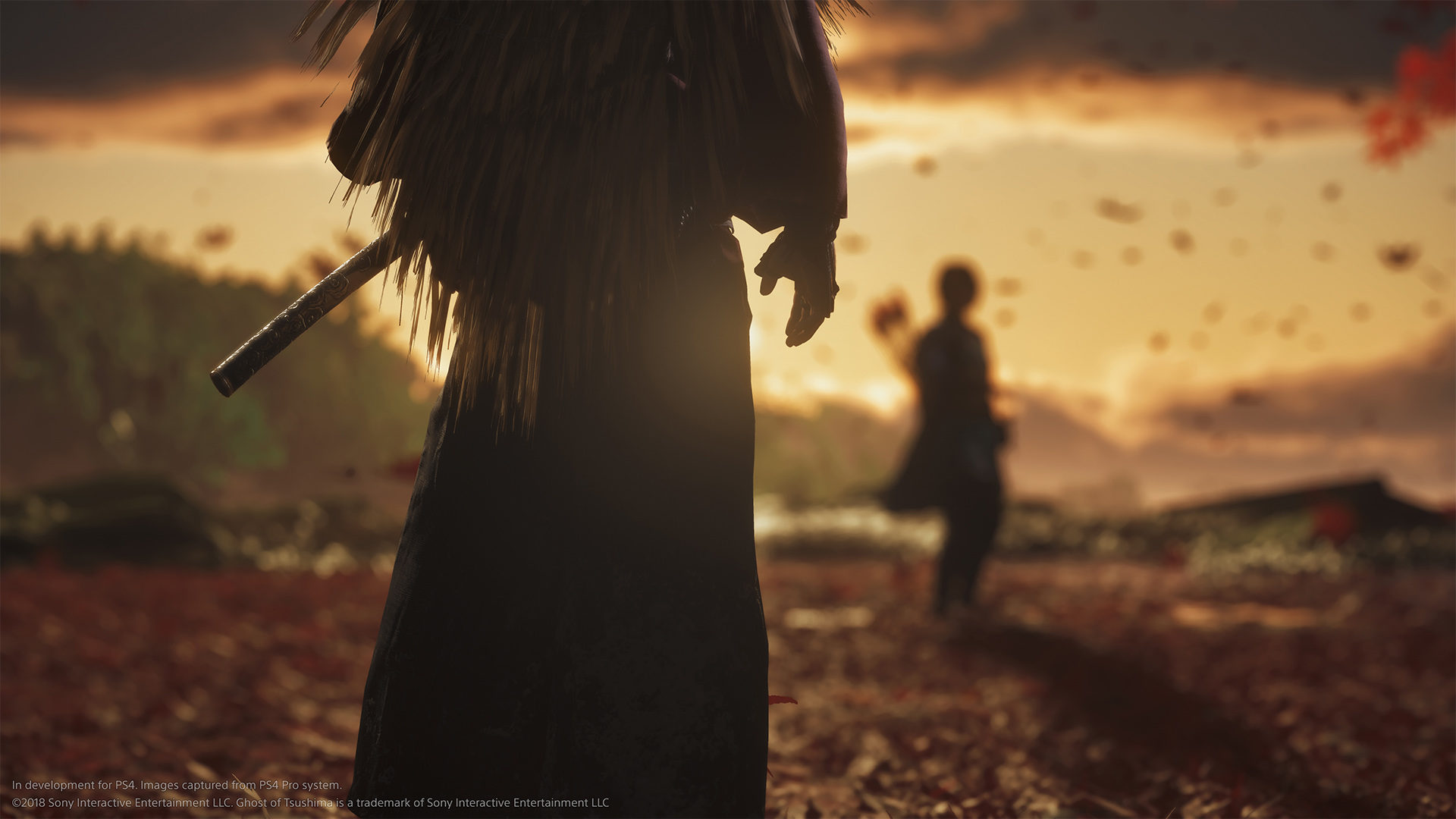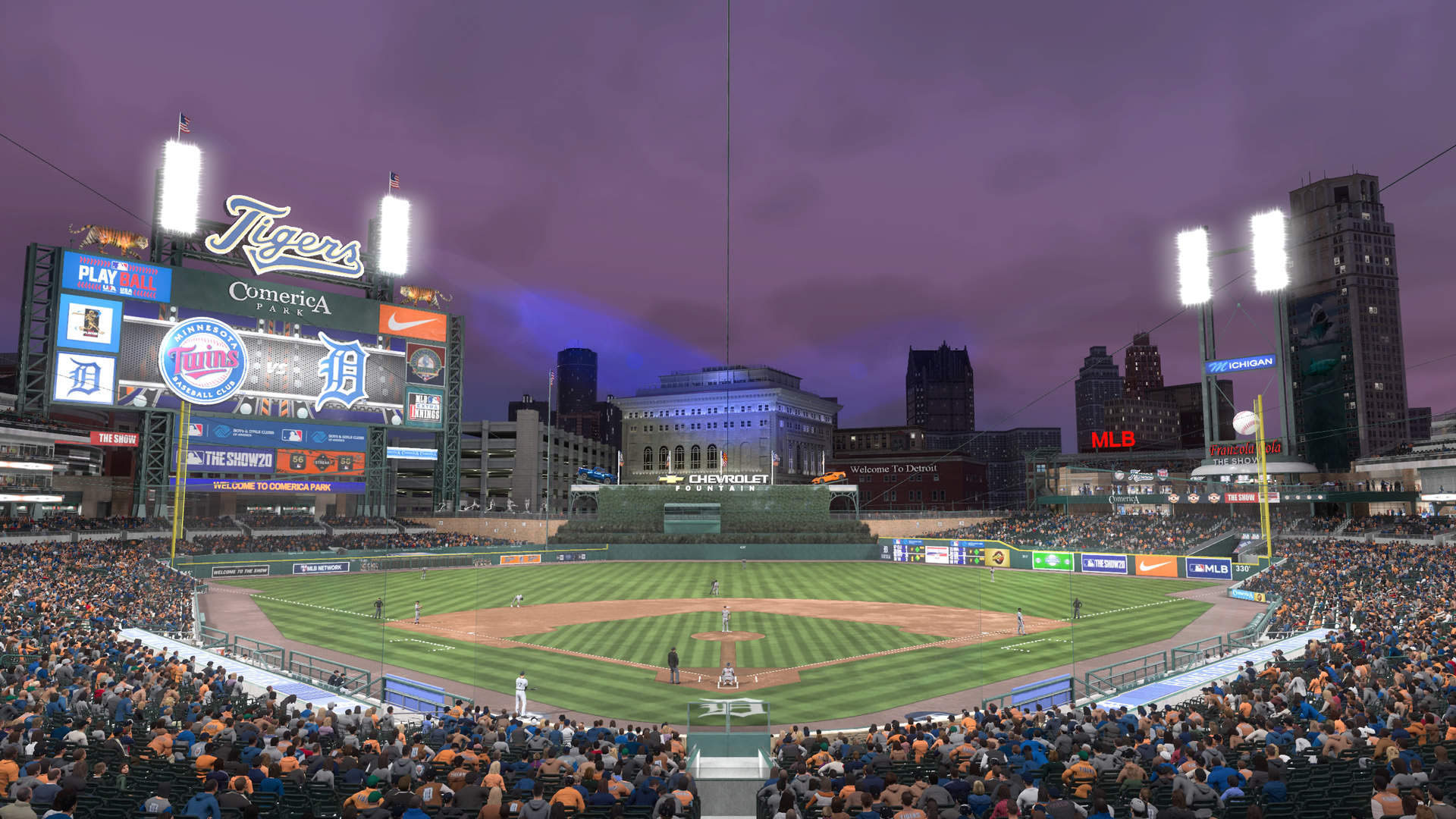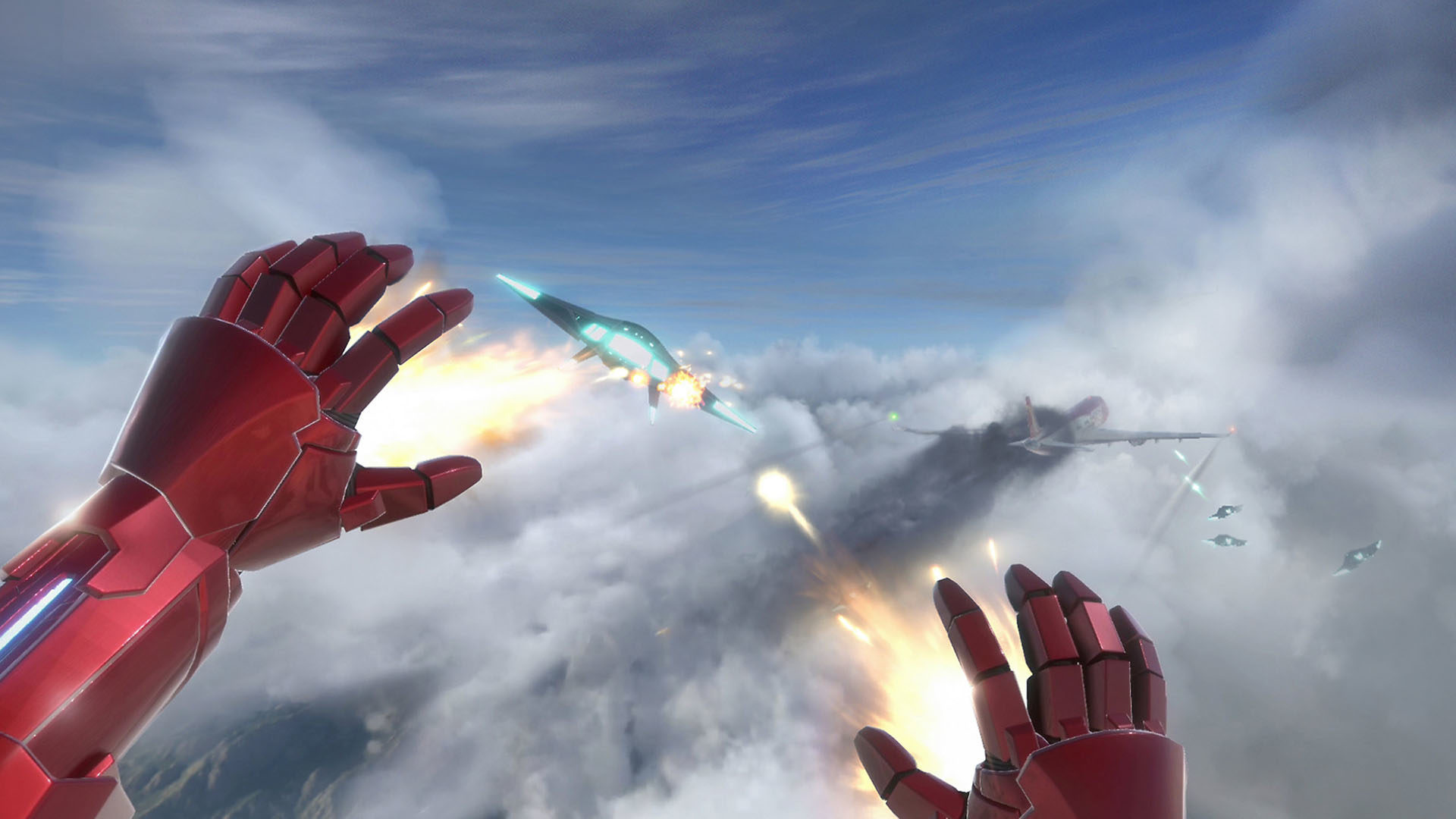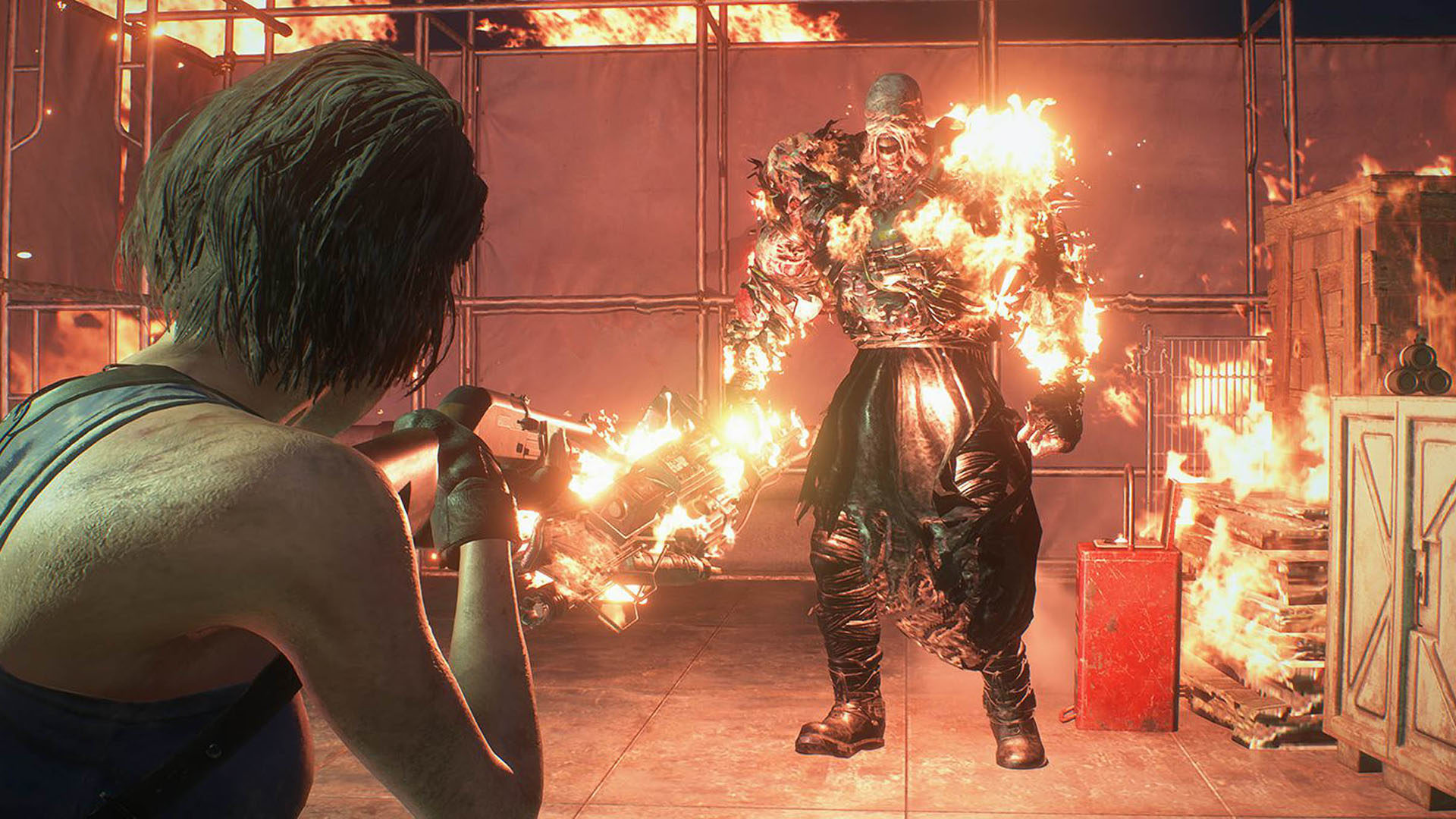Need for Speed once led the pack in terms of the arcade racing scene. In recent years, though, it has lost what made it special while simultaneously being eclipsed by other racers in the genre. A reboot two years ago was supposed to pave the way for the series to once again find traction within the racing world, but whatever hopes EA had have likely been dashed with Need for Speed Payback, which serves as evidence that the series may just be too far off course to comeback at this point.
Need for Speed Payback follows a small racing crew in Fortune Valley, a fictionalized version of Las Vegas built on sin and street racing. Tyler specializes in drag and traditional races, Mac in off-road and drifting, and Jess is their runner, great for getting away from the 5-0 when they crack down on the trio’s driving antics. The game starts with Tyler’s crew getting an offer from an old friend named Lina that they can’t refuse: help steal a supercar and get a payday that could set them up for life. The only ones being set-up, though, are Tyler and gang. Now, they’re out for revenge against Lina and her boss (the mysterious Collector), but will have to work their way up through Fortune Valley’s 10 car gangs to even have a shot at Lina—and maybe getting that big payday after all.
Looking to their contemporaries and racing movies for inspiration, Need for Speed Payback tries to tell a revenge story we’ve seen almost a half-dozen times already—it’s just missing Vin Diesel giving some stupid speech about family. That said, its major story beats, which mark the conclusion of each of the narrative’s five acts, are actually a lot of fun and keep things moving in an entertaining direction. Ridiculous car chases, sudden perspective switches, and Michael Bay-worthy explosions will have you slowly inch forward in your chair. And, of course, everything looks gorgeous as usual in the Frostbite engine. The cinematic approach to a lot of the scenes worked, and the only times they didn’t—when you forced other cars to wreck—is now an option that can be thankfully turned off if you’re like me and hate taking your eyes off the action. Unfortunately, it’s everything around those major beats that really let this game down.

From a story standpoint, the hardest part to get behind is the cast of characters. The bad guys were infinitely more interesting than the good guys, and I’m not sure if the voice over sessions for this were done during the recent voice actor strike, but I think you could’ve walked down Hollywood Blvd and randomly asked people to audition for this game and gotten better performances. What’s worse is it sounds like several of the actors had to perform numerous roles (which is more common than you might think), but none of them even tried to do a different voice, resulting in long conversations where it almost seems like characters are talking to themselves.
And speaking of talking to oneself, the writing in-between the major story beats is the worst kind of filler, trying desperately to distract you from the grind of the gameplay. Some of the banter between Tyler’s crew is entertaining, but most of the time you just get a desperate attempt at filling time in the quiet moments driving from mission to mission, with each character at random times seemingly breaking the fourth wall and talking to the player for no good reason. It only further illustrated from a narrative standpoint that all Ghost Games really had here was an interesting skeletal structure and not much more.
A weak narrative could’ve been overcome had the gameplay been good, but yet again, Need for Speed Payback falters almost right from the get go. Fortune Valley feels comparable in size to other Need for Speed games, but when compared to its competition in the genre like the Forza Horizon series or The Crew, things feel small. Although the world does have a nice bit of diversity with the urban downtown area, and some evergreen mountainous paths, it all feels artificially segmented at times, with so much desert serving as an unusual border for it all.

There is a lot to do in this world, though. Blatantly borrowing from Forza Horizon, Payback adds Derelicts (barn finds without the barn basically) that can be found throughout the world, built up, and customized in your garage. There are now also speed traps, drift challenges, and jumps all around the world for a way to earn “Rep,” Need for Speed’s take on an in-game leveling system that rewards you each time your status increases. You can also earn Rep points—similarly to Forza Horizon—simply by performing tricks in the world or smashing things up.
Still, the core for Payback tries to remain the racing, and moving up in Fortune Valley and knocking off the 10 gangs isn’t easy when each gang specializes in something different. Drag, drift, traditional racing, and off-road serve as the core of the story experience, with additional runner challenges available with Jess that try desperately to set up a backstory for the world—what with EA already (sadly) talking about bringing many of these characters back for a sequel.
In order to be able to compete with these racers, you need to have the right car—but complicating your attempts is the fact that those cars handle a little too loosely, especially compared to other games currently within the arcade racing genre. So, it can require a lot of time to get used to each car because of this. However, the stock cars themselves won’t do you much good for long. Your first three cars are given to you, but after that, you need to either get parts to increase your cars’ ranking (100 is the minimum, 399 is the maximum) or buy new cars outright, with many of the best ones in each category only unlockable by winning races to begin with. So, finding new parts is the way to go, but actually getting those parts is where Payback’s most frustrating feature becomes prominent.

There are tune-up stores scattered around Fortune Valley, and in these stores you can buy and equip different parts for your cars in the form of Speed Cards. As you win races, you’ll earn a random Speed Card, which you hope will offer a better part than something you already have, thus raise the ranking. If that doesn’t work—and it usually doesn’t—you can also take in-game money you earn from winning races and buy new parts at the tune-up stores. Unfortunately, these also rarely offer you anything much better than what you currently have, and if they do, they’re exorbitantly expensive compared to your usual race winnings. This leads you to one of two routes.
The first is that any race you beat, you can re-race for more money and more random Speed Cards, and this becomes an obvious grind. It’s such a grind that what should’ve been a 10-12 hour experience ballooned to almost 20 hours for me by the time I reached the game’s end. It’s a horribly cheap way to force you to keep playing a game, especially with all the side content crammed into Payback that you might rather spend your attention on. It’s such a grind that there’s even an achievement/trophy for “grinding” through another race.
Of course, there’s also a way around that grind. That’s right, it wouldn’t be an EA-published game if it wasn’t polluted with microtransactions, and these might be some of the worst yet. When you get a Speed Card you don’t want, you can either sell it for in-game currency, or exchange it for what is called a Part Token. Three Part Tokens will allow you to spin a slot machine (yes, the mechanic is literally a slot machine) with you locking in one of the three spinners—car part (engine block, gearbox, etc.), manufacturer, or boost (nitrous, braking, acceleration, etc.)—and then crossing your fingers. With luck, you’ll get just the part you need and it’ll be a higher level than what is currently available to you in either the store or through races.

Payback does offer myriad ways to earn Speed Cards and Part Tokens. Leveling up your Rep or finishing Daily Challenges that are available will earn you Shipments, which usually carry a vanity piece for your car (colored smoke for when you burn out, novelty horns, etc), some in-game currency, and a few Part Tokens. Three Tokens per spin, though, can see you burn through Tokens quickly. So, there are also Premium Shipments that you can acquire by spending real world cash. If you don’t do this, you’ll end up like me, grinding for extra hours in a system that is purposely balanced to tempt you into those microtransactions. Oh, and to add insult to injury, when you reach the halfway point of the game, you need to buy brand new cars and do the entire building process all over again if you aren’t using a Derelict.
It’s a broken system and it’s offensive that they didn’t even try to hide the fact that it’s all one big slot machine. The Speed Card/Part Token system is by far the worst part of this game—it makes the game almost unplayable—and the alternative grind is so frustrating that I literally started to grind my teeth so badly while playing this I needed to put in a mouth guard.
What’s really sad is once you do raise your car’s level, the races themselves aren’t that difficult. They’re only challenging if you’re not at a level equal to what is recommended; I tried avoiding the grind and absolutely could not win. You also develop a familiarity with the tracks due to the aforementioned smaller world, where by the end of the game almost all the locations repeat. So, you’ll learn the best ways through a particular track, but likely end up a little bored racing through it over and over again.

Also, I found the AI to be sorely lacking. I played the game on Medium, but as long as I had a car worthy of the race, I saw the AI go haywire more often than actually try to give me a competitive challenge, almost giving me the win. Sometimes my opponents would even take themselves out of the race by making weird turns and drive themselves off cliffs; other times I saw them so focused on trying to just ram me off the road that I could easily pass them and cruise to the finish. Of course, in the runner missions against the cops, this was their primary directive, and sometimes it would be frustrating to get rammed through a barricade that was supposed to be impenetrable, leaving me unable to get back on the right side of things to finish my getaway.
All of that leads me to the glitches. Even with a day-one patch that seems to have smoothed a few things out and added some nice UI enhancements, there were still plenty of glitches to be seen. Whether the aforementioned pushing me through a barricade I wasn’t supposed to go through, or cop cars randomly spawning right in front of me, there were some moments where I wrecked and there was simply nothing I could do. I once even saw two cop cars literally spawn right on top of each other, riding each other like some horrific nature documentary.
The worst glitches came when respawning after a wreck, however. One thing Need for Speed didn’t borrow from Forza Horizon was the rewind feature; instead, when you wreck, the game puts you back on the road, usually at a speed close to what you were going before your crashed. Unfortunately, when this occurs on tight turns, sometimes you’ll spawn going at top speed right next to the wall or oddly-placed rock you initially crashed into, and then keep crashing into it. Repeatedly. So much so that you have to restart the race because there’s simply nothing else you can do to escape this infinite loop.

If you do make it through all of this, one of the few decent things about Need for Speed Payback is the multiplayer. If you’ve done enough grinding to earn yourself a top-tier car (ranked matches require cars 300 or above, casual matches can be any level), you can join the online Speedlists, a popular returning feature from 2015’s Need for Speed’s final update. This was actually a lot of fun, because it was just four to eight players going through a series of five races from the main campaign, with points being dished out a la Mario Kart at the end.
At the end of a five-race circuit comprised of either off-road or regular races (each race is voted on beforehand), the winner gets a currency and Rep prize that can be carried back to the single-player campaign. (So, this could be another way to grind, too.) The online was entirely stable in my time playing it today during the game’s launch, and the races against people were fun because actual humans performed way better than the AI did. As great as the online competition was, however, considering the narrative revolves around three best friends, it sure does feel like campaign co-op not being included was a missed opportunity.
Need for Speed Payback feels like a haphazard mess. The core of this tire fire is the progression system that tries to funnel you into microtransactions—at best, it’s a cheap way to inflate the playtime required to beat the game, and at its worst, it’s a desperate cash grab from a floundering franchise. The world is littered with glitches, the characters created are uninteresting, and the racing itself still needs work when compared to the contemporaries in the genre. The only saving grace is the major story beats at least provide a cheap adrenaline rush to wake you up from the lull the rest of the game will settle you into, and the multiplayer—if you can get a good enough car—works well, and racing human players is way more fun than grinding against this AI for 20 hours. As I crossed the finish line for the final time, though, Payback was nothing but another disappointing chapter from a once great franchise.

| Publisher: Electronic Arts • Developer: Ghost Games • ESRB: T – Teen • Release Date: 11.10.17 |
| 4.0 |
Need for Speed Payback might be a new low point for the franchise. A horrendous progression system compounded by uninteresting characters and terrible AI only illustrates how far behind this series has fallen compared to the other arcade racers out there. The multiplayer is solid, but that’s like saying at least the car wreck didn’t cause a fire, too.
|
| The Good |
Speedlists work great for multiplayer. |
| The Bad |
Small world, weak characters, and the progression system is an awful grind. |
| The Ugly |
When you accidentally drift into oncoming traffic. |
| Need for Speed Payback is available on Xbox One, PS4, and PC. Primary version reviewed was for Xbox One. Review code was provided by Electronic Arts for the benefit of this review. EGM reviews games on a scale of 1 to 10, with a 5.0 being average. |
